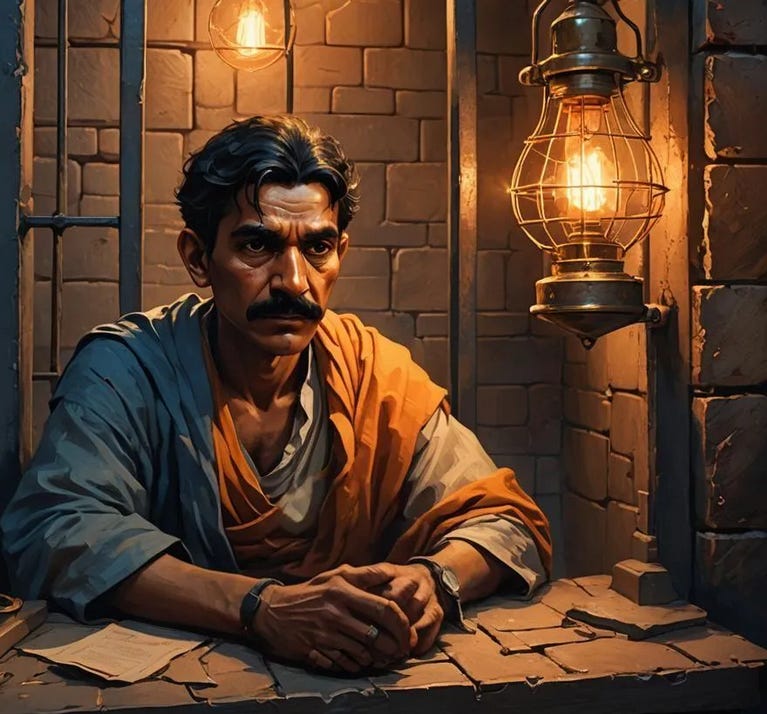On October 14, 1908, Gandhi appeared before a court magistrate in Volksrust, a town in the South African province of Transvaal. He had intentionally violated the law by crossing the border without registration papers.
Two years earlier, the tactic of satyagraha was born as a commitment to protesting the proposed Asiatic Registration Act. Gandhi had been among the first arrested for refusing to register, and his day in court back in January 1908 had resulted in a three month jail sentence. However, he was released after three weeks when a compromise was worked out with General Jan Smuts, the Colonial Secretary.
The compromise was an odd one. Gandhi agreed that the Indian community would voluntarily register with the government, and in return, the Registration Act would be repealed. If you’re confused as to why this was a good deal for people who had pledged to go to jail rather than register, so were many in the community. In fact, when Gandhi tried to visit the register’s office, he was attacked and beaten up.
He did convince 8,700 Indians to voluntarily register in the first three months; Smuts then reneged on the deal, claiming he couldn’t compel the legislature to actually follow through. In August 1908, mass meetings were held and thousands of registrations certificates were burned.
In early October, Gandhi led a group across the border to be arrested. Rather than ask for bail—since incarceration was the point—the group went directly to jail. Because he hadn’t actually been convicted of anything yet, he was able to write some letters, five articles for his newspaper Indian Opinion, and a petition to the magistrate that the Indians (who were vegetarians) be given a modified diet with extra vegetables and clarified butter.
The prisoners were in good spirits, according to his report. It was the month of Ramadan, and the Muslims were fasting. Some of the men were ordered to be deported from the province, but they planned to promptly return and be rearrested. "The affair will turn out to be merely a joke on the part of the Government,” Gandhi wrote.1
At the trial, Gandhi first represented each of his 18 co-defendants. Each of them pleaded not guilty, but all were convicted and sentenced to either pay a fine or go to jail, with hard labor, for a month or six weeks. The only exception was a boy about 12, who got 14 days without hard labor.
Gandhi, as was his habit, pleaded guilty. As the ringleader of sorts, he got the harshest sentence; two months at hard labor unless he paid a fine. Gandhi chose prison.
He ended up writing several columns about his experiences in jail, in part to set expectations for those who would follow. Someday I’ll write some posts about that…
Is there a crime you would cheerfully admit (in court) to committing in order to draw attention to the injustice of it?
Collected Works of Mahatma Gandhi (Prisoners’ Condition, October 10, 1908) p. 4116



